 though i have a specific purpose for wandering the badlands, this isn't actually the best plan if i'm trying to be like a professional.
though i have a specific purpose for wandering the badlands, this isn't actually the best plan if i'm trying to be like a professional.typically when you head out into the field you shouldn't have preconceived goals or ideas of what your going to find. otherwise you'll either miss important or new stuff, and/or come back empty handed and disappointed. neither of which does anyone any good!
i'm trying to keep an open mind, and more to the point open eye while i'm out here around drumheller.
as you saw in my first journal entry, my first fossil find was a tiny chuck of dinosaur bone. though dinosaur bone can be quite common in alberta (around drumheller, huxley, and especially in dinosaur park 2 hrs south of here !), i've been stumbling across loads the most common fossil...
 this stuff here.
this stuff here.
know what it is?
if you said anything to do with a stick, tree, pencil, or wood you'd be correct!
this is a piece of petrified wood... i'm not sure who had the idea of making a fossil twig their pet, but that's the name they give it! petrified is just another name for fossilized, and as far as i can tell doesn't mean anything technically different than saying fossilized. it just sounds different, and for that i kinda like it when talking about wood as it is quite different from bone.
now i don't want to come down on petrified wood, as it is really neat, and we can learn a lot from it. at the same time it is not something i know alot about, beyond it shows us a tree or plant used to live here...
i find them annoying on occasion as they at first glance can look like fossil bone, and thus cause me to waste time stopping to look closer.
compare this picture of my dinosaur bone from yesterday to the above pic of petrified wood. at first glance they kind look similar. these two pieces are about the same size, shape, and even sort of the same general colors (different mix of them mind you). both have a grain, and have an "outer" layer fossilized protecting and encasing an "inner" layer of material.
fortunately that's where the similarities end.
if you pay close attention you'll see that the surface of the wood is a lot more rough, bumpy, and full of natural cracks. the bone's outside on the other hand has a smoother and more consistent surface. this stays the same for 99% of bones vs. wood. where both have a preserved "shell", the bones outer calcium and the trees bark and "skin", the wood=rough and the bone=smooth.
the inside of both makes for quick IDing. the bone will be full of the bubbles of the former bone marrow, and will look like the inside of an arrow chocolate bar (don't believe me, bite the next chicken drum stick you eat in half and look at its marrow!). wood on the other hand will preserve the ringed trunk (even for tiny remains of sticks and twigs like the one above!).
so with these obvious checklists i at least don't waste a LOT of time when i spot wood in my searching.

man is it everywhere though!
there is a ton of it stuck in ironstone! remember that ironstone is a rock that formed after all the rest of these rocks and fossils had been laid down. so it can form around dinosaur bones or in most cases petrified wood.
so this is one case where i'm glad the wood is more common. otherwise more dinosaurs would be obscured by ironstone, and you'd have to figure out how to get them out (ironstone is tough as stuff!). petrified wood can have it moments though. i especially love siliconized pieces.
petrified wood can have it moments though. i especially love siliconized pieces. that's a special type of fossilization that only wood can undergo, and not bone. the wood is replaced with silica, which is the stuff we make glass from. meaning you can get really pretty glass like remains of a prehistoric tree. not only is it informative, but pretty too!
that's a special type of fossilization that only wood can undergo, and not bone. the wood is replaced with silica, which is the stuff we make glass from. meaning you can get really pretty glass like remains of a prehistoric tree. not only is it informative, but pretty too! my favourite remains of prehistoric trees though have to be these... sure it kind looks like a random lump, but it is the best clues we get about the giant swampy forests that used to exist around here.
my favourite remains of prehistoric trees though have to be these... sure it kind looks like a random lump, but it is the best clues we get about the giant swampy forests that used to exist around here.what is it exactly?
 well this used to be the root system a prehistoric tree. so not only can you get an idea of the bottom of such a tree, but in the right places you can get dozens of these mounds scattered around a former layer in the rock... with all these form trees laying around we get an ancient map to the forest, as it was 73 million years ago! how cool is that?!?
well this used to be the root system a prehistoric tree. so not only can you get an idea of the bottom of such a tree, but in the right places you can get dozens of these mounds scattered around a former layer in the rock... with all these form trees laying around we get an ancient map to the forest, as it was 73 million years ago! how cool is that?!? so they may not be dinosaurs, and they have been found many times over by fossil hunters like me (as they are again the most common fossil around here!), petrified wood is still kinda cool.
so they may not be dinosaurs, and they have been found many times over by fossil hunters like me (as they are again the most common fossil around here!), petrified wood is still kinda cool._


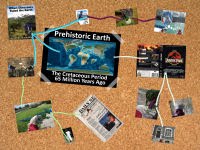
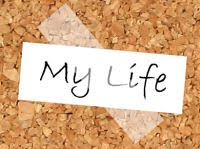

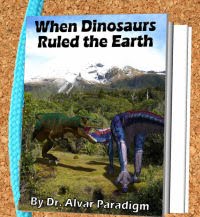


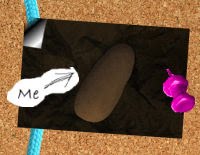





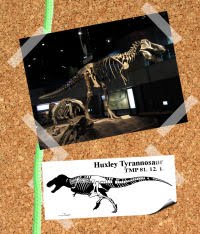








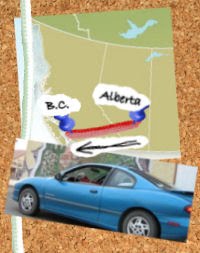






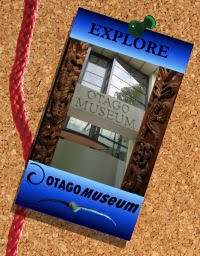




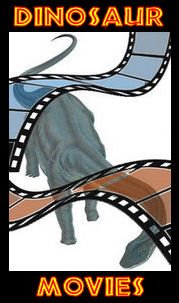






3 comments:
I had no idea that wood can be replaced by silica during fossilization!! Awesome find, Traumador! Good luck on the hunt!!
This is the first time I see a siliconized fossil! beautiful indeed!
Nice story.. Thank
Post a Comment